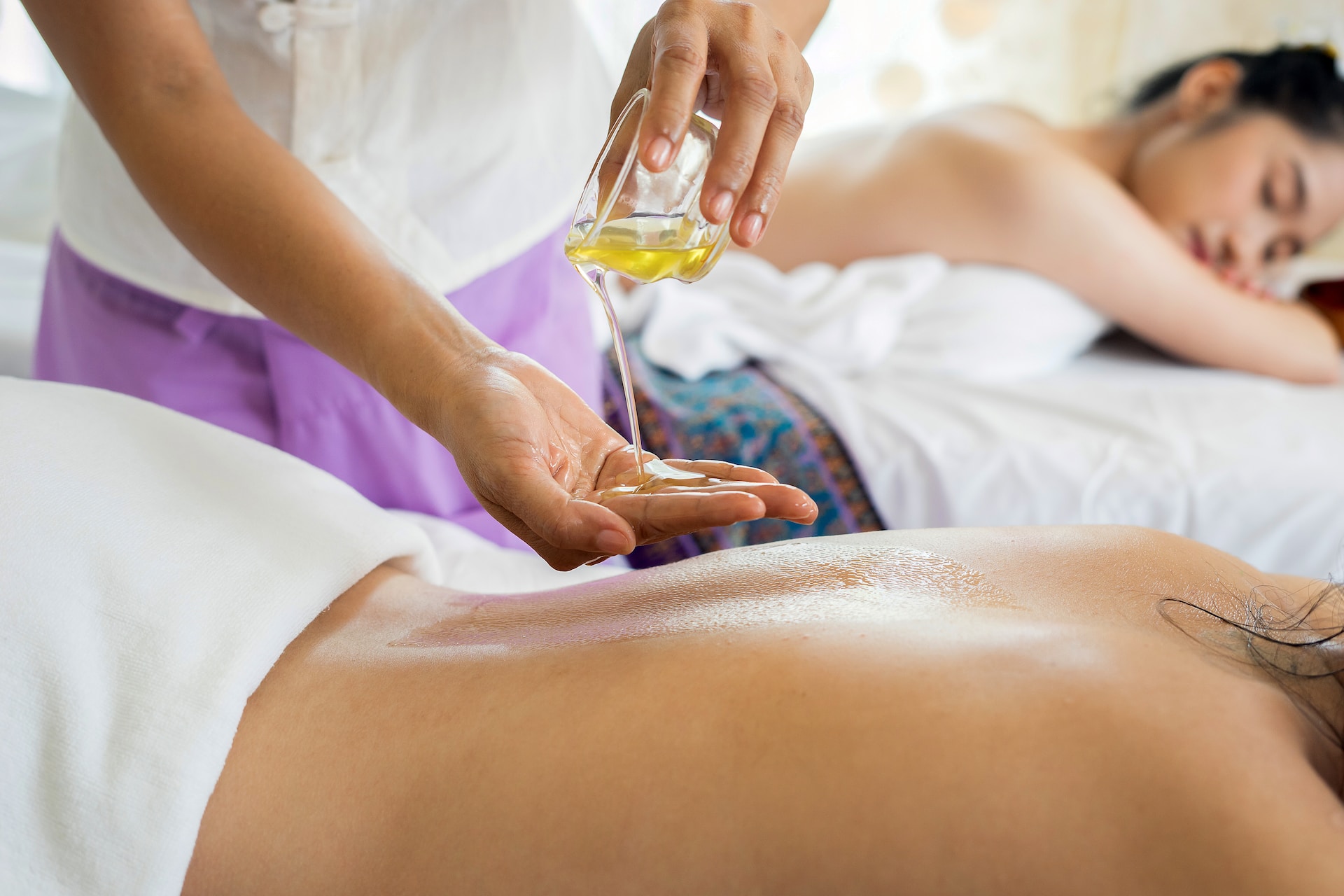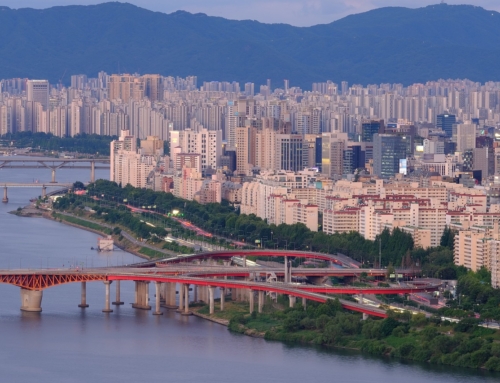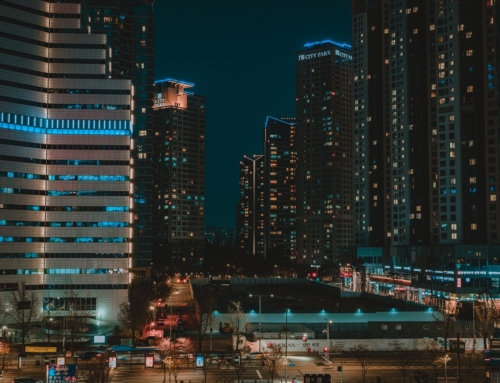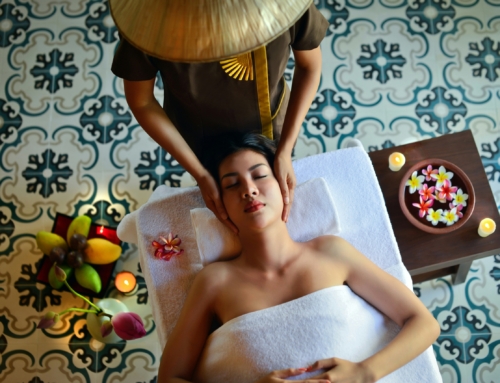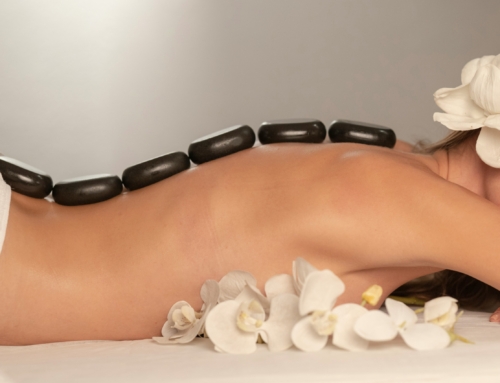The Cultural Connection to Massages in South Korea
South Korea, a nation with a rich history and culture, offers a myriad of activities and experiences to delight visitors and locals alike. One such experience is the rapidly growing massage culture that has permeated the streets of Seoul and beyond. As a testament to the growing popularity of massages, this article will delve into the history, types of massages, and social implications of this fascinating practice in South Korea.
A History of Healing Hands
While massages have historically been popular in various Asian countries, the story of South Korean 오피스타 massages is intrinsically tied to its ancient bathing and sauna culture known as ‘jJimjilbang’. Traditionally, these bathhouses provided a space for community members to socialize, relax, and receive body scrubs and massages. As international influences merged with local traditions over time, the South Korean massage industry has grown into the booming sector it is today.
The Korean Massage Landscape
South Korea offers an extensive range of massage techniques, each tailored to an individual’s needs. Some popular massage types include:
– Swedish Massage: A gentle option, employing long strokes and kneading to release muscle tension and boost circulation.
– Deep Tissue Massage: More intense pressure is used to target deeper tissue and alleviate chronic knots and pain.
– Aromatherapy Massage: A fusion of massage techniques and essential oils to enhance relaxation and balance energy levels.
– Traditional Korean Massage: Also known as ‘Anma’, this ancient technique uses deep pressure on key meridian points to release ki energy and stimulate healing.
The Social Significance of Massages
In recent years, South Korea has experienced rapid economic growth and urbanization which has resulted in long working hours and increased stress levels. As a coping mechanism, many young adults have turned to massage treatments for relaxation and wellness. Moreover, the prevalent Korean beauty culture contributes to the emphasis on self-care rituals and looking after one’s physical appearance. With this in mind, it’s no surprise that massages have become so popular in South Korea.
From Friendly Gatherings to Luxury Retreats
These days, enjoying a massage in South Korea can take various forms. Friends and colleagues may unwind together at jjimjilbangs, public bathhouses that continue to offer massages alongside a range of other services. On the other end of the spectrum, high-end luxury spas provide a serene and opulent environment, often featuring internationally-influenced treatments and amenities. Additionally, Korea’s thriving tourism industry has also led to an increase in demand for hotel and resort spas.
Embracing the Art of Relaxation in South Korea
The growing popularity of massages in South Korea reflects a collective recognition of the importance of self-care and relaxation. Whether you’re exploring the bustling streets of Seoul or rejuvenating in the countryside, engaging in this time-honored practice will provide a unique glimpse into the cultural landscape of South Korea. So, the next time you find yourself in the Korean Peninsula, remember to soothe your soul and indulge in a delightful, therapeutic massage.

